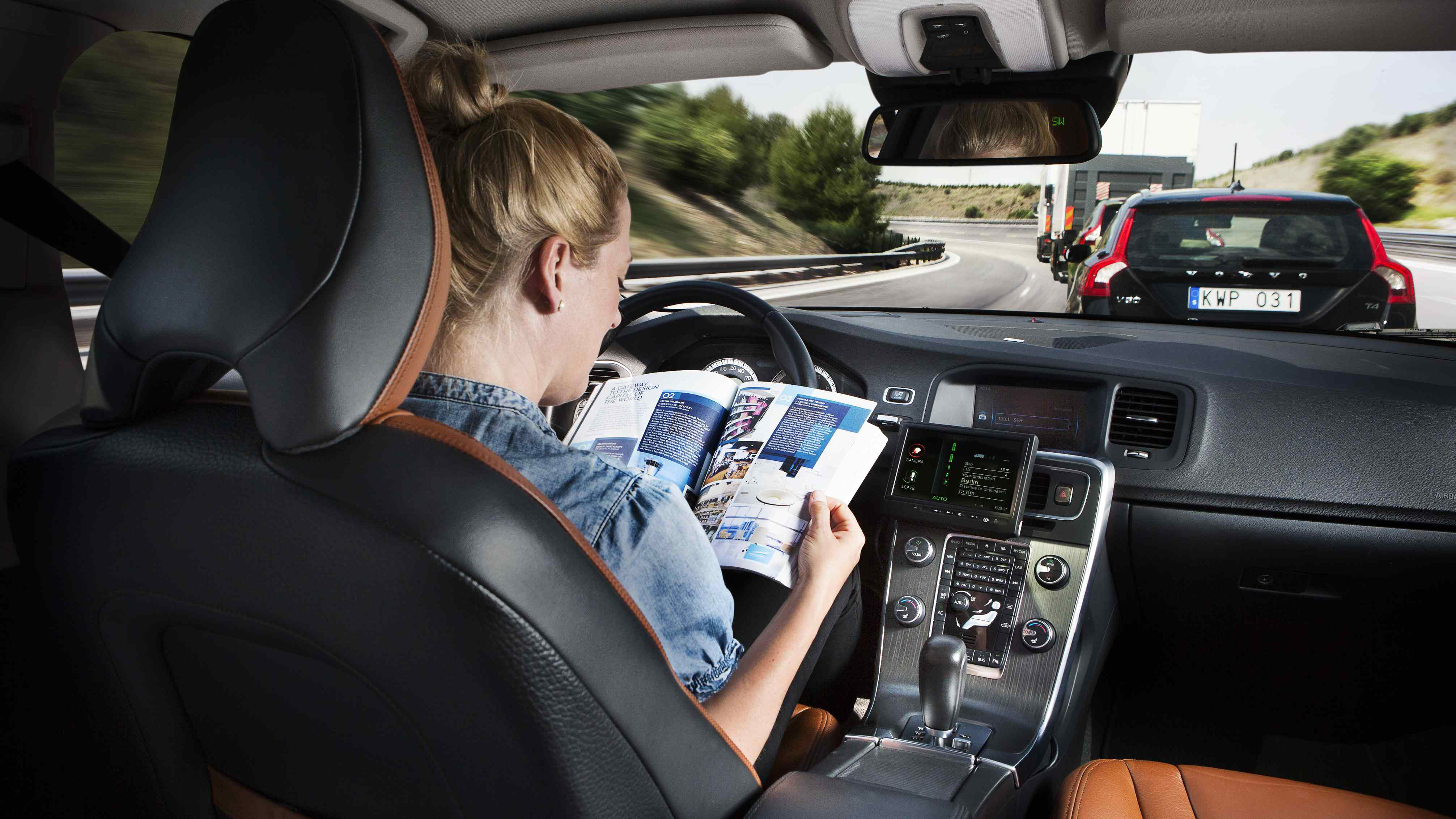Google's gesture-based vehicle patent a great excuse for dancing in your car
You are now free to move about the self-driving cabin

The dance moves you secretly perform in the car may not go unappreciated in the future, as Google has applied for a gesture-based automotive control patent.
The company's patent filing proposes Kinect-like motion controls for adjusting the fan speed, temperature, radio volume, windshield wipers, driver's seat and window position.
At least one three-dimensional depth camera in the ceiling of the vehicle and a laser scanner are supposed to record drivers who execute these motion controls.
Most gestures involve swiping in a designated region. Fan speed is controlled by swiping up and down near an air vent. The temperature is tweaked with right and left swipes in the same place.
Tapping speakers can lower the radio volume, while raising your fingers to your ear would turn off the audio system in a vehicle completely.
The most interesting gesture involves "waving in the open-air driver's left side" to move the seat up. It's almost too inviting for a comedy to have the main character wave at a neighbor only to get crammed against the steering wheel.
Kinect for self-driving Google cars?
Google's gesture-based patent is even more intriguing knowing that it comes one day after the Mountain View company announced that it acquired the motion control startup Flutter.
Sign up for breaking news, reviews, opinion, top tech deals, and more.
Flutter CEO Navneet Dalal mentioned that his team shares "Google's passion for 10x thinking" Oct.2, and that "we're excited to add their rocket fuel to our journey."
That 10x thinking could translate into supporting the development of the Google self-driving car with gesture-based controls.
After all, Flutter was in the middle of adding volume-based gesture controls to its "pause," "next song" and "previous song" app that were very similar to the ones outlined in today's patent filing.
- Right here, right now: Tesla S has the most insane in-car touchscreen multimedia system ever.
